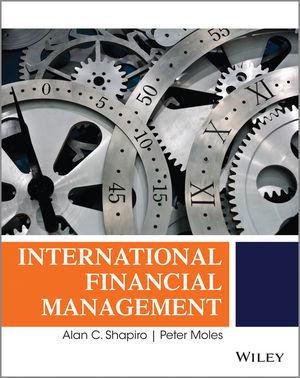9. In 1990, a Japanese investor paid $100 million for an office building in downtown Los Angeles....
Question:
9. In 1990, a Japanese investor paid $100 million for an office building in downtown Los Angeles. At the time, the exchange rate was ¥145/$. When the investor went to sell the building five years later, in early 1995, the exchange rate was ¥85/$ and the building’s value had collapsed to $50 million.
(a) What exchange risk did the Japanese investor face at the time of his purchase?
(b) How could the investor have hedged his risk?
(c) Suppose the investor financed the building with a 10% downpayment in yen and a 90% dollar loan accumulating interest at the rate of 8% per year. Since this is a zero-coupon loan, the interest on it (along with the principal) is not due and payable until the building is sold. How much has the investor lost in yen terms? In U.S. dollar terms?
(d) Suppose the investor financed the building with a 10% downpayment in yen and a 90% yen loan accumulating interest at the rate of 3% per year. Since this is a zero-coupon loan, the interest on it (along with the principal) is not due and payable until the building is sold. How much has the investor lost in yen terms? In U.S. dollar terms?
Step by Step Answer:

International Financial Management
ISBN: 9781118929322
10th Edition
Authors: Alan C. Shapiro, Peter Moles




